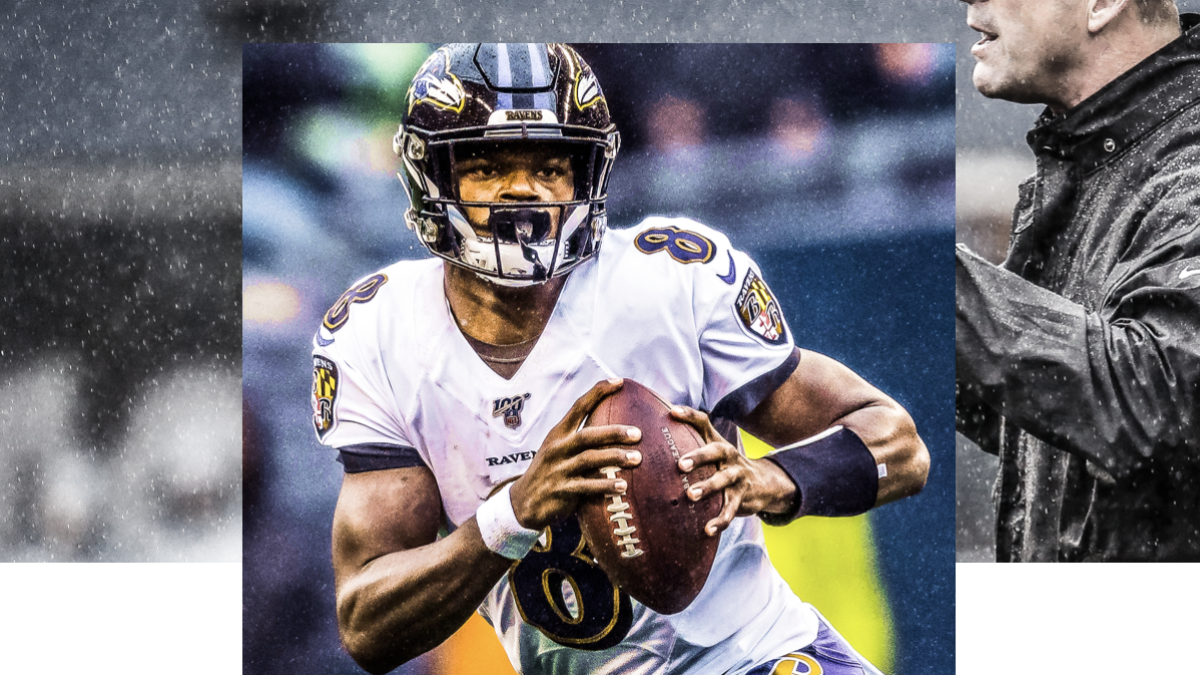Each week we’ll highlight a few of the most important coaching decisions that contributed heavily to the final result. While many of these high leverage situations occur on fourth down, we’ll introduce some other situations where a coaching decision swung his team’s chances of winning in a major way as the season goes on.
There are a few main tools for doing this analysis: The most obvious is win probability, which takes into account the situational components of the game along with the strength of each team in each facet to predict the chance of winning. Another data point that is useful and, in most cases, aligned with win probability is expected points, which takes into account the field position, down and distance to predict the number of points that we expect the offense to score on the next offensive play. We can also compare the expected points for a team before and after a play to measure how successful a play was, and we’ll also make use of conversion probability, which leverages the strength of each team in each facet to predict the chance a team picks up a first down on a given play.
During the season, more analysis may work its way into this column, but this gives us plenty to start with. While we leverage machine learning to make sound predictions for each of the above, we will do our best to make this article accessible to all and we’ll do our best to answer any questions.
Lamar Jackson convincing John Harbaugh to go for it on 4th-and-2 at the eight-yard line after Pete Carroll elected to try a field goal on 4th-and-3 at the Ravens' 35-yard line
Lamar Jackson is one of the most dynamic quarterbacks in the NFL, and he is adding coaching to the list of weapons he has in his arsenal. The Ravens found themselves tied with the Seahawks, 13-13, as the third quarter began to wind down. On the prior possession, Pete Carroll elected to attempt a 53-yard field goal on 4th-and-3 despite this decision costing the Seahawks a 4% chance of winning the game (quite large for a single decision in a football game). The PFF WALSH decision analysis tool powered by AWS machine learning gave the Seahawks a better chance to convert for a first down than to make the field goal (58% to 54%). On the heels of that blunder, the Ravens matriculated the ball down the short field afforded them by the Jason Myers' miss.
On 3rd-and-15 at the Seahawks' 21-yard line, it appeared Seattle might escape without too much damage done. But Jackson is a bad, bad man and took a designed quarterback run 13 yards leaving half the Hawks' defense hugging ghosts like it was the 31st and not the 20th of October. This put Baltimore in a 4th-and-2 at the eight-yard line. Harbaugh called his offense off the field in a decision that seemed strange given his adherence to the math so far this season. The broadcast camera cut to Lamar telling his coach to go for it, and Harbaugh made like the Seattle defense and acquiesced by calling a timeout and sending Jackson and the offense back onto the field. This decision was by far the right call; the Ravens had a 60% chance to convert for a first down, and a conversion would give them a 55% chance to win the game while a field goal would put them at 42% and a stop would leave them at 36%. The potential gain of a conversion over a field goal is 13%, while the potential loss of getting stopped only costs the Ravens 6% compared to kicking the field goal. With a better than 50% chance to convert, this is about as clear cut as you can get. As was foretold on the play before, Lamar took the ball off the snap and sliced through the Seahawks' defense for a touchdown that was ultimately the difference.
In a game where the home team had the edge at quarterback (Russell Wilson was PFF’s highest-graded quarterback heading into the game), the Ravens demonstrated that giving your offense more chances to win the game can overcome that discrepancy. Jackson is the top decision-maker of Week 7.
Bill O’Brien deciding to take a safety with 2:40 on 4th-and-9 to go from his own five-yard line.
Down 28-23 with 2:44 remaining in the fourth quarter, Bill O’Brien, facing 4th-and-9 from his own five-yard line and possessing two timeouts, had punter Brian Anger take a safety, moving the score to 30-23 with 2:41 left in the game. The Texans had to give the ball back to the Colts via a free kick at their own 20-yard line and thus gained approximately 30 yards in field position (assuming a 45-yard net punt) in exchange for the two points.
While the Texans eventually got the ball back at their own 36-yard line with no timeouts and 1:41 remaining, the decision was not the mathematically sound one, as they dropped from an 8.9% chance to win with a punt to a 3.5% chance to win with taking the safety.
The real question should be whether the Texans should have even surrendered the ball in the first place. We gave them a 24.6 percent chance of converting the fourth down against the Colts' defense and hence a higher chance of winning (18.9%) by simply putting the ball in Deshaun Watson’s hands one more time with the added two timeouts and about a minute of playing time.



 © 2025 PFF - all rights reserved.
© 2025 PFF - all rights reserved.